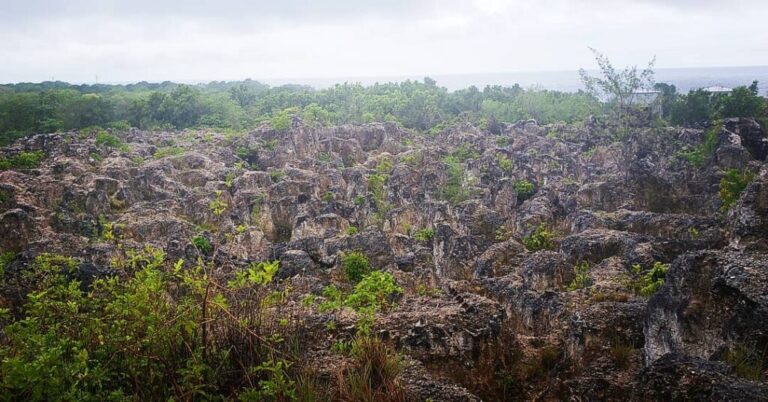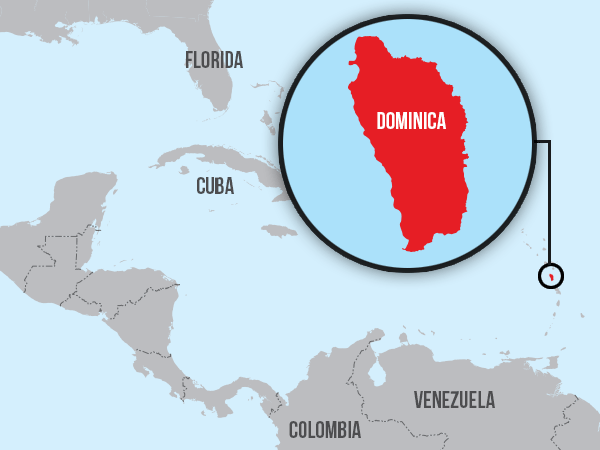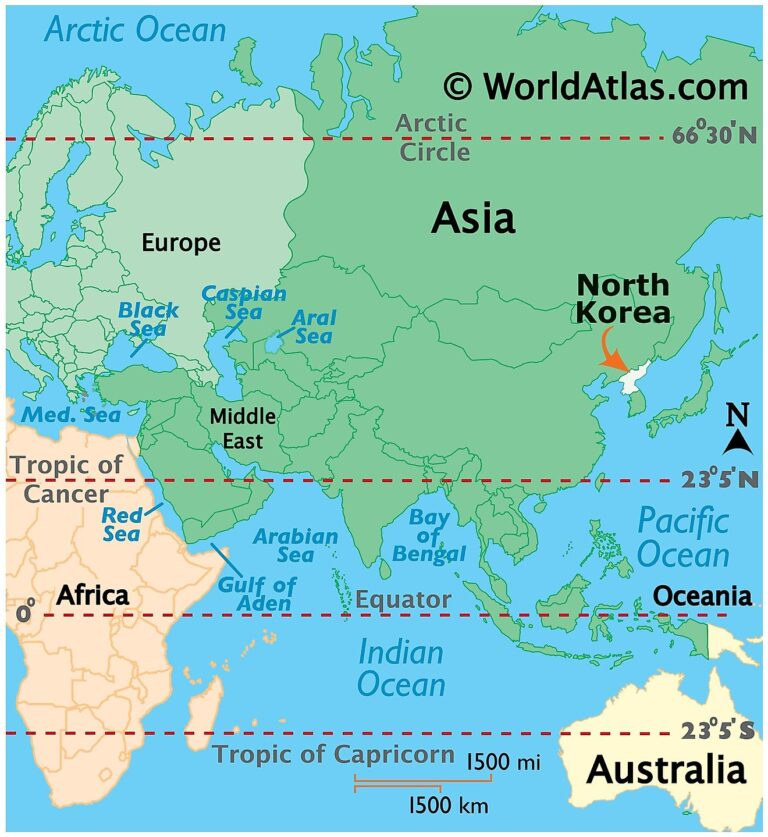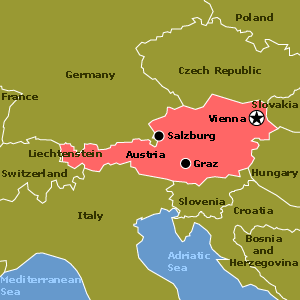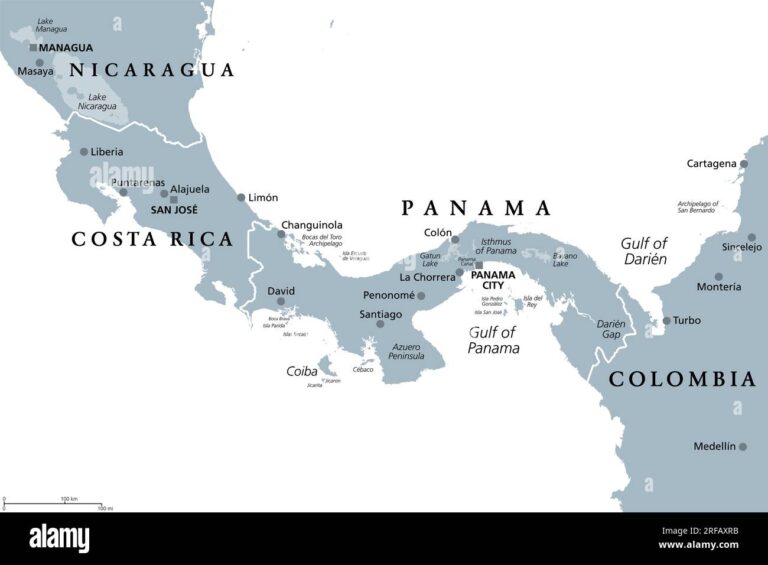Portugal Neighbouring Countries and European Neighbors
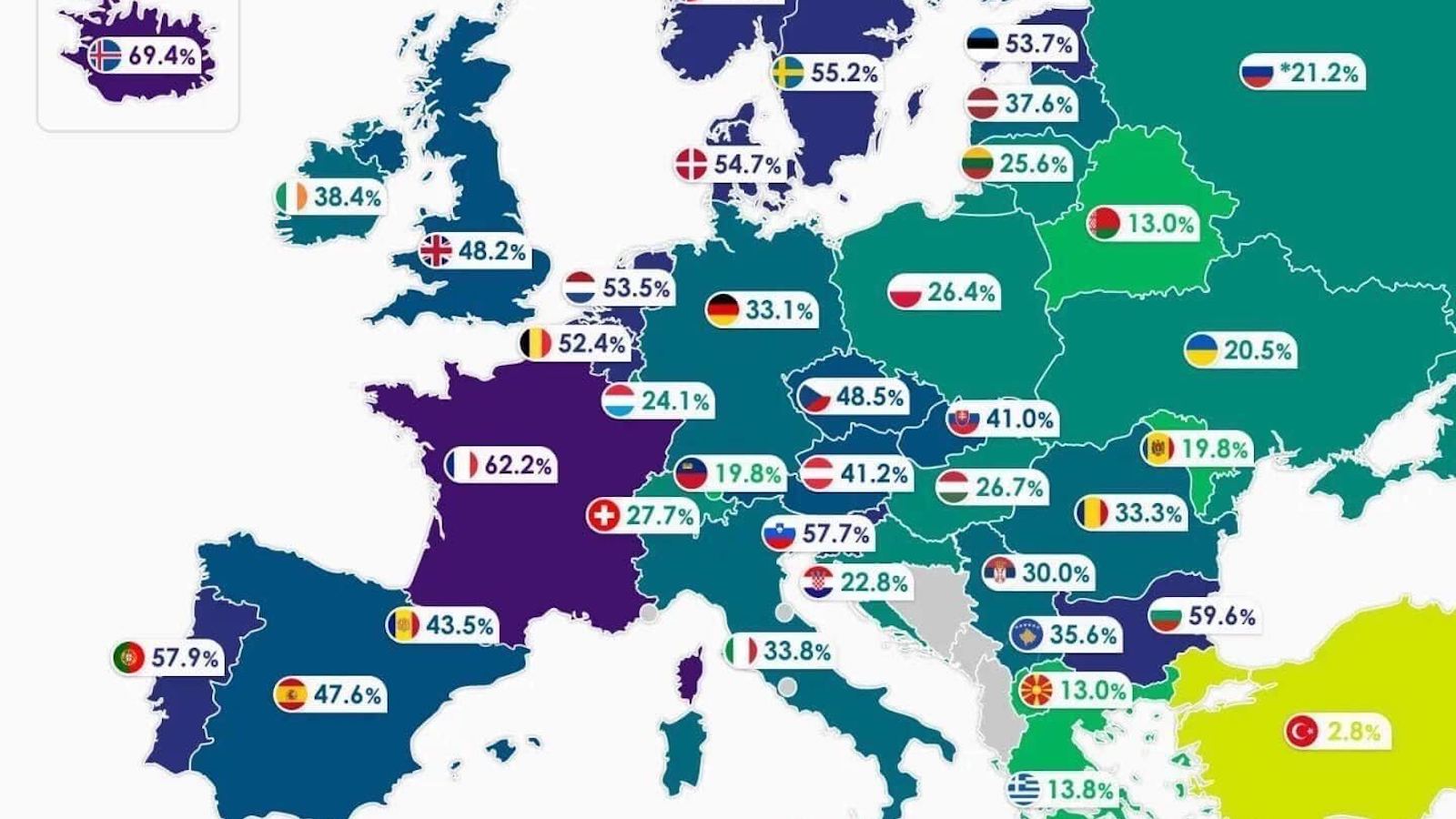
Portugal’s Neighbouring Relations
Portugal, chillin’ on the edge of the Iberian Peninsula, cozies up next to Spain while also getting its fair share of sea breeze from the Atlantic. Want to understand how Portugal gets along with its neighbors? Well, dive right in and see how history and culture have made them BFFs or sometimes just neighbors with benefits.
Spain: A Border of Diversity
Portugal has only one buddy sharing a boundary, and that’s Spain. This line stretches a long 1,200 kilometers, being one of the planet’s true oldies, first chalked out in the 10th century. The current fence line was set up in 1926, like a century-old agreement that’s stood the test of time.
| Border Country | Length (km) |
|---|---|
| Spain | 1,214 |
This border isn’t just a line in the dirt—it’s a wild mix of Spanish and Portuguese flavors creating a tapestry of shared stories. Here, languages might swap words, festivals might borrow dance moves, and even cuisines might share a taste or two. The peninsula proves you can be united yet stand out, giving each country its own personality with a shared flair.
Want to take a deeper look at border bros? The Permanent Mission of Portugal to the United Nations spills all the details on the cultural and historic ties.
Historical Alliances Beyond Borders
When it comes to Spain, Portugal’s dance card has been quite the kaleidoscope. Picture the Treaty of Zamora back in 1143: it was like Portugal’s official debutante ball into the world as its own kingdom, waving goodbye to its life as just another part of Spain.
Way before that, in the ninth century, Christian forces, the kind that would shape Portugal, marched between rivers like Minho and Douro. This adventure birthed the Territorium Portucalense, morphing northern Portugal into a prized spot gifted to a Burgundian count in 1095. That’s some medieval real estate action right there.
Then there’s the Treaty of Windsor (1386), which wasn’t just a deal but a buddy pact with England, and yep, it’s still rolling as possibly the oldest alliance out there. Portugal’s not just about borders with Spain alone; it’s had connections and agreements way beyond, etching out a map full of historical footnotes and cross-continental friendships.
Curious about how others do neighborly relations? Check out how Monaco neighbored up or Mongolia’s neighbor tale.
Portugal’s neighborhood vibes are complex yet utterly fascinating, every story adding a rich thread to the nation’s colorful tapestry that any visitor or history buff would love to unravel.
Geographic Features
Getting a grip on Portugal’s geographical bits paints a lively picture of its lands and tales of old. The lay of the land is all about its long coast and those age-old lines marking its edges with the rest of the world.
Coastal Wonders and Exclaves
Take a gander at Portugal’s brag-worthy coastline, stretching out a whopping 1,794 kilometers where the land greets the Atlantic’s waves. It’s a line filled with treasures, from the famed sands at the Algarve to the stubborn, rocky shores of the Azores and Madeira. Now, on the Algarve’s turf, the sandy stretches are the real crowd-pleasers, while the cliffs near Cape St. Vincent add a bit of drama to the scene.
The Azores and Madeira play host to particular Portuguese outposts, way out in the Atlantic. These island groups aren’t just spots on a map – they’re steeped in strategic significance while sporting some pretty quirky geographical stuff. The Azores can boast about a coastline that runs around 667 kilometers, and Madeira adds another 250 km to the picture.
| Region | Coastline Length (km) |
|---|---|
| Continental Portugal | 877 |
| Azores | 667 |
| Madeira | 250 |
Then there’s Portugal’s claim to 1,727,408 square kilometers of probably fish-filled water space, laying out its third-place bragging rights in the European Union for its maritime domain. Break it down and you get Continental Portugal with 327,667 km², Azores taking up 953,633 km², and the Madeira chunk grabbing 446,108 km².
Evolving Boundaries through History
The friendly neighbor line – Portugal’s border with Spain – stretches across over 1,200 kilometers of shared stories and mixed histories.
Across the ages, Portugal’s boundary choreography has seen quite a bit of action. As early as the 12th century when Portugal’s kingdom came to be, through heaps of skirmishes and handshake deals, today’s borders were gradually crafted. One noteworthy paragraph from the book of history – the Treaty of Windsor in 1386 – sewed a never-ending friendship quilt with the UK. It shows the charm of alliances stretching beyond just back yard neighbors.
This mash-up of coastal topography and ever-drama borders has sculpted Portugal’s space on the map and its handshake lines with other lands. For more on how these wriggles on the map throw shade over today’s rapports, see our article on impact of historical borders on current relations.
Grabbing hold of Portugal’s beach riches, its far-flung islands, and old-meets-new boundaries gives you a chance to marvel at its layered quilt of geography and legacy. The mix of storied pasts and lands gives Portugal its one-of-a-kind flair. For a ford into similar national tales, our scribbles on Lithuania neighbor stories or Luxembourg’s pals might just tickle your curiosity.
Bilateral Diplomatic Relations
Portugal sure has its fingers in a variety of pies when it comes to international friendships. They’ve flagged some major buddies like the United Kingdom, Brazil, East Timor, and Israel. Let’s take a peek at how these connections are as strong as a double espresso!
United Kingdom and Brazil
Portugal and the UK have been pals since way back in 1386, thanks to a little thing called the Treaty of Windsor. This treaty was a game-changer, helping Portugal keep its neck out of Spain’s annexing ambitions. Fast forward to today, and the friendship stands rock-solid, with both countries high-fiving across different industries.
Then there’s Brazil – talk about family ties! With four centuries sharing the same empire drama, these two know each other pretty well. Even across oceans, they keep chatting in the same tongue and sharing family photos. The Portuguese community in the US is a testament to their never-ending kinship fest.
East Timor and Israel Connections
The stories Portugal and East Timor share are akin to that of a tight-knit yet distant relative. After 400 years of being tied together, Portugal stood strong by East Timor, especially during its time under Indonesian rule. Even post-1999, after the dust settled, Portugal’s support never wavered. It’s like one of those friendships where no matter the distance, the fondness stays.
Now, on to Israel. Post-1974, after Portugal shrugged off its Estado Novo regime, it woke up to newfound friendships – Israel was a key one. Since shaking hands in 1977, Portugal and Israel have created a bond that looks as promising as ever. It’s been a thrilling journey from non-recognition to full-on diplomatic allies.
Portugal’s Recognition and Relations
In the politics playground, Portugal’s doing more than just showing up. They’re wrist-deep in establishing connections far and wide. Whether it’s holding onto age-old friendships with nations like the UK or opening new doors with partners like Israel, Portugal is spreading the love internationally. They’ve got a knack for blending the ancient with the modern in a smooth diplomatic dance.
Looking to dive more into the intrigue of international neighbors? Check out articles on Lithuania’s neighboring buddies, see who’s in Mexico’s backyard here, or hop across to see Morocco’s mix of neighbors.
Territorial Disputes and Resolution
Olivenza: A Tale of Two Nations
Olivenza is a charming town nestled close to the Portugal-Spain border, a little spot that’s sparked quite the tug-of-war over the years. It landed under Portuguese governance back in 1297, thanks to the Treaty of Alcañices. But come 1801, Spain took over during the War of the Oranges and kept a hold of it via the Treaty of Badajoz (Wikipedia).
Now, Portugal didn’t just sit back. They’ve got a rightful claim to Olivenza, all due to Spain’s actions in 1807 when they barged into Portugal during the Peninsular War—the very move that nullified the Treaty of Badajoz. So, legally, Portugal argues they’re the boss here (Wikipedia). Despite decades of back-and-forth, in today’s world, Olivenza doesn’t really ruffle feathers between the two countries.
| Timeline | Event | Source |
|---|---|---|
| 1297 | Portugal takes control (Treaty of Alcañices) | Simify |
| 1801 | Spain seizes Olivenza during War of the Oranges | Wikipedia |
| 1801 | Treaty of Badajoz hands Olivenza to Spain | World Atlas |
| 1807 | Treaty of Badajoz voided; Portugal claims it back | Wikipedia |
Disputes and Compromises Along the Border
But Olivenza isn’t the only disputed spot along the border. Say hello to Couto Misto, a quirky little microstate that once thrived between Portugal and Spain. Created back in the 10th century, it sprawled across a tiny 10 square miles. All’s well until the 1864 Treaty of Lisbon came into play—divvying up the land with Portugal claiming an empty southern slice, leaving Spain with a piece that had three bustling villages (World Atlas).
Nowadays, most border tiffs are handled with a handshake and a chat. Both countries have become pros at balancing disputes with polite diplomacy. They’ve shuffled the border here and there over the years, thanks to talks that don’t need shouting.
Looking to see how Portugal gets along with other European guests next door? Check out our reads on lithuania neighboring countries and luxembourg neighboring countries.
Shared Landmarks and Boundaries
To really get where Portugal’s coming from in terms of geography and history, you gotta check out how it rubs elbows with Spain—its one and only land buddy. Let’s break down how those borders came to be and the drama that came along with it.
The Oldest International Borders
The line in the sand (or more like, the line over mountains and rivers) between Portugal and Spain is called “La Raya” or “A Raia,” depending on who’s talking. This doodle is one of the world’s OG international borders, dating back to when Portugal decided it was time to fly solo in the 12th century. The 1143 Treaty of Zamora had a lot to do with that, marking off initial turf. But, like any good soap opera, things didn’t stay simple. The storyline’s had a few rewrites with the last big give-and-take happening thanks to the Convention of Limits in 1926.
| Treaty | Year | Big Deal |
|---|---|---|
| Treaty of Zamora | 1143 | Portugal’s first outline on the map |
| Treaty of Alcanizes | 1297 | Unboxed more detailed borders |
| Convention of Limits | 1926 | Latest border tweak |
This border stretch is like a long piece of string that Portugal says measures 754 miles, while Spain insists it’s a tad longer at 765 miles. The difference? It’s all wrapped up in squabbles over Olivenza.
Territorial Disputes with Spain
Olivenza—this little strip of land has been the talk of the town for ages. Spain’s been holding onto it since 1801, giving Portugal a reason to stomp its feet and refuse to recognize where the border officially lies between the Caia and Cuncos rivers. This territorial tiff doesn’t look like it’s cooling off anytime soon, even with both sides playing nice within the European Union.
Portugal insists Olivenza is theirs, waving around documents like the Treaty of Alcanizes from 1297, which once sketched out the border. The tension got a boost during the Peninsular War as Spain took the offensive, shaking up more than just fences.
| Region | Contested Length (miles) | Big Beef |
|---|---|---|
| Olivenza | 11 | Whose land is it, really? |
| Caia-Ribeira de Cuncos | – | Portugal’s side-eye due to Spain’s Olivenza claims |
Digging into how Portugal and Spain have drawn their lines in the sand over the centuries is like diving into a history book filled with maps and markers. If you’re itching for more juicy details on countries with their own territorial tangles, why not peek at our pieces on Lithuania’s neighboring countries and Morocco’s neighboring countries?
In-depth Analysis
Districts and Provinces Along the Border
Portugal cozies up to Spain, with a sprawling border that’s a whopping 1,200 kilometers long—a boundary that not only separates them but also links a mix of regions on both sides of the line.
For Portugal, there are ten districts tagging the border:
- Faro
- Beja
- Evora
- Portalegre
- Castelo Branco
- Guarda
- Braganca
- Vila Real
- Braga
- Viana do Castelo
Hopping over to Spain, you’ll find seven neighboring provinces:
- Huelva
- Badajoz
- Caceres
- Salamanca
- Zamora
- Ourense
- Pontevedra
| Portugal Districts | Spain Provinces |
|---|---|
| Faro | Huelva |
| Beja | Badajoz |
| Evora | Caceres |
| Portalegre | Salamanca |
| Castelo Branco | Zamora |
| Guarda | Ourense |
| Braganca | Pontevedra |
| Vila Real | – |
| Braga | – |
| Viana do Castelo | – |
These spots aren’t just lines on a map—they’re the heartbeats of cultural and business exchanges, keeping the interactions lively across this extensive border.
Impact of Historical Borders on Current Relations
The history between Portugal and Spain is a tapestry woven through the ages, with borders that have occasionally ruffled feathers. While mostly friendly, there’s the occasional eyebrow-raise over old disputes.
Take the Olivenza region, for example. It’s a bit of a sore spot dating back to 1801 when Spain took charge after the Treaty of Badajoz. Portugal isn’t exactly thrilled about this and doesn’t acknowledge some of the border points over there (Wikipedia). Olivenza stays cradled in diplomacy limbo, a reminder of the complex dance between these two neighbors.
And let’s not forget the Couto Misto—a tiny, bygone kingdom straddling the border until it was sliced up in 1864 through the Treaty of Lisbon. Portugal ended up with the quieter southern part, while Spain snatched the lively northern side with its three villages (World Atlas).
Peering into these historical quirks gives a peek into today’s diplomacy juggle, with each side nodding to old stories and influences. It’s not just a Portugal-Spain thing; it’s a European trend echoed in various cross-border interactions (World Atlas).
Curious about other countries and their neighborhood tales? Peek into our pieces on Luxembourg’s neighboring countries and Mauritius’s neighboring countries for more lively tidbits.

